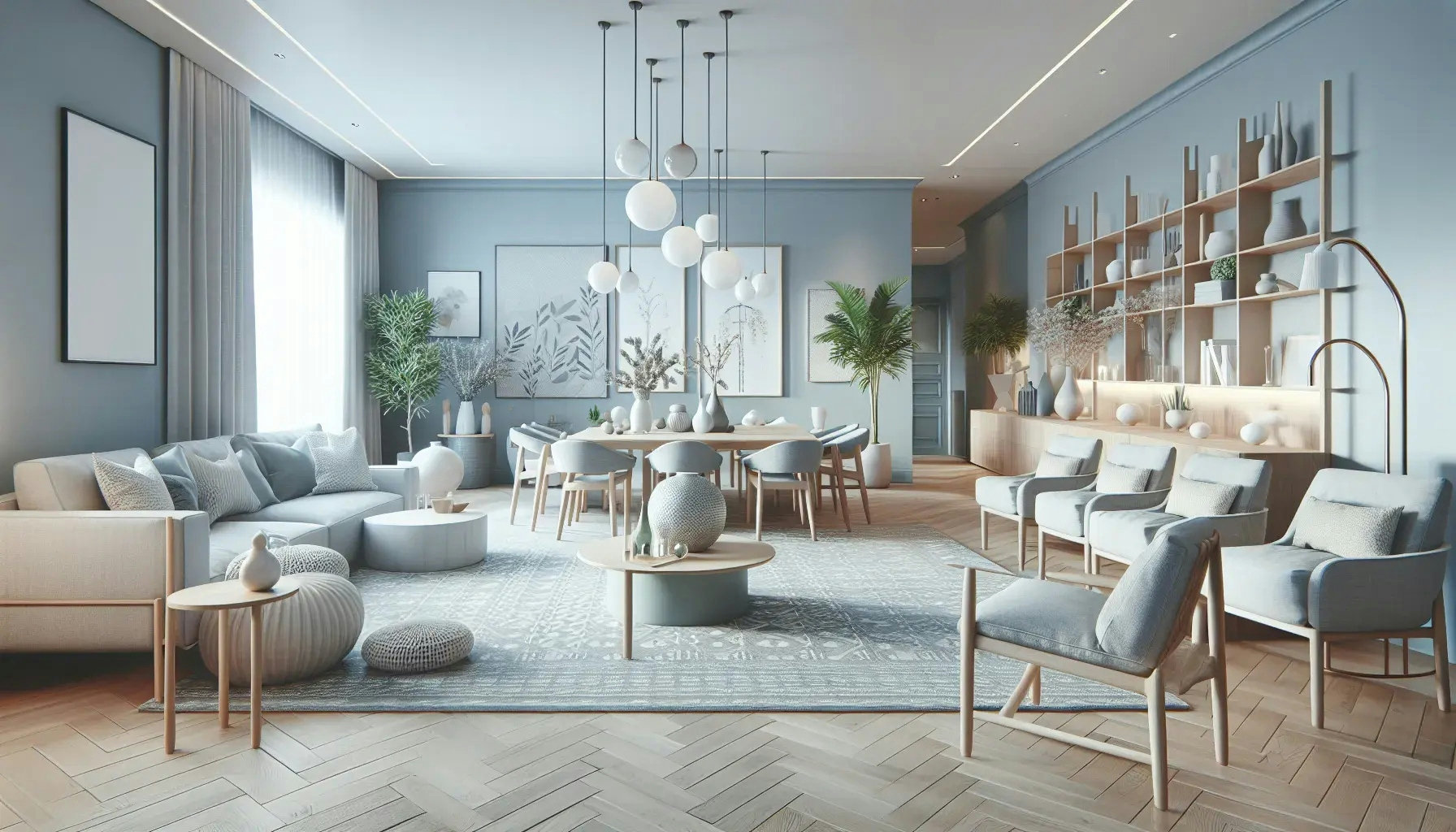Welcome to our comprehensive guide on avoiding common interior design mistakes. We all aspire to create a space that is both functional and aesthetically pleasing. However, even with the best intentions, we can sometimes fall into design traps that hinder our vision. This blog post aims to help you navigate these pitfalls and create a space that truly reflects your style and meets your needs.
Overcrowding Your Space
An essential principle of interior design is understanding the balance between furniture, decor, and space. Overcrowding a room can make it feel cramped and uncomfortable. It's a common mistake to believe that filling every inch of a room with furniture and decor will make it more appealing. However, this often leads to a cluttered and disorganized look.
Remember, less is often more when it comes to interior design. Leaving some empty space allows the room to breathe and helps to highlight the furniture and decor you do have. It also makes the room more comfortable and easier to move around in.
When planning your room layout, consider the size and scale of your furniture. Large, bulky pieces can overwhelm a small room, making it feel smaller than it actually is. On the other hand, small furniture can get lost in a large room, making the space feel sparse and unfinished.
Neglecting Lighting
Lighting plays a crucial role in setting the mood and functionality of a room. Yet, it's one of the most overlooked aspects of interior design. Many people rely solely on overhead lighting, which can create harsh shadows and make a room feel sterile.
Incorporating different types of lighting can dramatically improve the ambiance of a room. Ambient lighting provides overall illumination, task lighting is for specific activities like reading or cooking, and accent lighting highlights specific features or objects.
When planning your lighting, consider the activities that will take place in the room. A kitchen, for example, requires bright, functional lighting for cooking, while a living room might benefit from softer, ambient lighting to create a relaxing atmosphere.
Ignoring Scale and Proportion
Scale and proportion are fundamental elements of good design, but they're often misunderstood or ignored. Using furniture and decor that are out of scale with each other or with the room itself can make a space feel awkward and unbalanced.
Scale refers to the size of objects in relation to each other, while proportion is about the balance between different elements. For example, a large, overstuffed sofa might overpower a small coffee table, making the room feel unbalanced.
When selecting furniture and decor, consider their size in relation to each other and to the room itself. Avoid placing too many large items in one area or scattering small items throughout the room. Instead, aim for a balanced mix of large, medium, and small items.
Overdoing Trends
Trends can be a great source of inspiration, but they can also lead to design mistakes if overdone. While it's fun to incorporate the latest styles into your home, it's important to remember that trends come and go. What's fashionable today might look dated in a few years.
Instead of designing your entire space around a current trend, use them as accents to your existing style. This way, you can easily update your decor as trends change without having to overhaul your entire design.
Remember, your home should reflect your personal style and taste, not just the latest trends. Don't be afraid to mix and match different styles and eras to create a unique and timeless look.
Neglecting Functionality
While aesthetics are important, functionality is equally crucial in interior design. A beautiful room that doesn't meet your needs or lifestyle is not a well-designed room. One common mistake is prioritizing style over comfort and practicality.
When planning your design, consider how you will use the room. If you love to entertain, make sure you have enough seating and a layout that encourages conversation. If you have children or pets, choose durable, easy-to-clean materials.
Remember, a well-designed room is one that combines aesthetics and functionality. It should not only look good but also make your life easier and more comfortable.
Forgetting About Personal Style
Your home is a reflection of who you are. It should tell your story and express your personal style. However, many people get so caught up in following design rules or trends that they forget to infuse their own personality into their space.
Don't be afraid to break the rules if it means creating a space that feels authentically you. If you love bold colors, use them. If you're drawn to a particular style or era, embrace it. Your home should make you happy and comfortable, and that's more important than following any design rule or trend.
Wrapping Up: Avoiding Interior Design Mistakes
Navigating the world of interior design can be tricky, but with a little knowledge and planning, you can avoid common mistakes and create a space that is both beautiful and functional. Remember to balance your furniture and decor, consider lighting, respect scale and proportion, use trends wisely, prioritize functionality, and most importantly, let your personal style shine. Happy designing!

